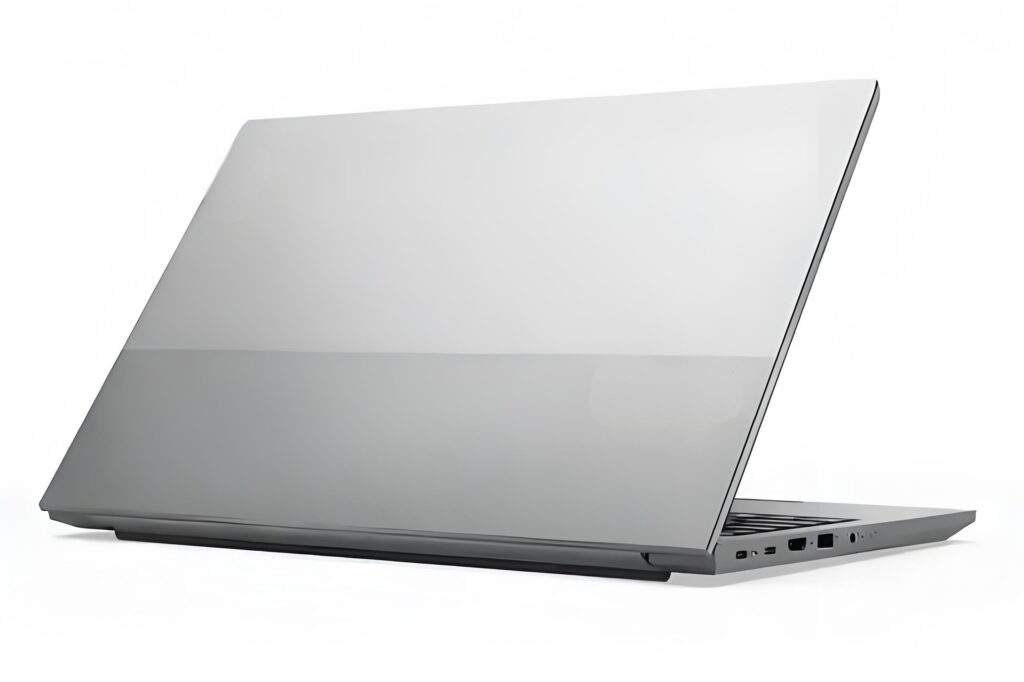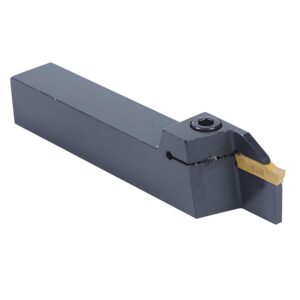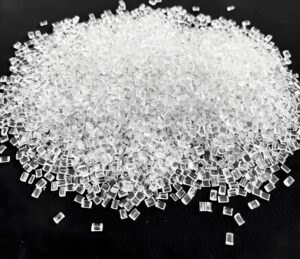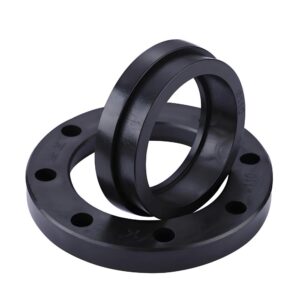What Is Anodized Aluminum?
Anodized aluminum refers to aluminum that has undergone an electrochemical process called anodizing, which enhances its surface properties. This process creates a protective oxide layer on the aluminum, making it more resistant to corrosion, wear, and environmental factors. Unlike coatings or paints, the anodized layer is fully integrated with the aluminum substrate, ensuring it won’t peel or chip over time.
The anodizing process begins with aluminum being submerged in an electrolyte bath, typically sulfuric acid, where it acts as an anode in an electrical circuit. This causes oxygen ions to bond with the aluminum surface, forming a thick, porous oxide layer. This layer can be dyed in various colors, sealed for added protection, and customized for specific applications, the process is widely used in industries such as aerospace, automotive, architecture, electronics, and consumer goods due to its strength, longevity, and visual appeal.
Importance of Anodizing Aluminum
Anodizing aluminum is more than just a surface treatment—it’s a transformative process that enhances the material’s functionality and longevity. By creating a robust oxide layer, anodizing ensures aluminum can withstand demanding environments, making it a go-to material for industries requiring high-performance components.
- Enhanced Durability and Longevity
The anodized layer significantly increases aluminum’s resistance to physical wear and environmental damage. For example, untreated aluminum may corrode when exposed to moisture or chemicals, but anodized aluminum remains unaffected, even in coastal regions or industrial settings. This durability translates to longer-lasting products, reducing maintenance costs and extending the lifespan of components.
- Aesthetic and Functional Customization
Anodizing allows manufacturers to tailor aluminum for specific purposes. The porous oxide layer can absorb dyes, enabling vibrant, fade-resistant colors that are ideal for decorative applications. Additionally, the thickness of the anodized layer can be adjusted to suit different needs—thicker layers for industrial parts, thinner layers for consumer goods. This versatility makes anodized aluminum a favorite in both practical and aesthetic applications.
- Cost-Effectiveness
While anodizing adds an upfront cost to aluminum processing, it saves money in the long run. The protective layer reduces the need for frequent replacements or repairs, and the low maintenance requirements make it an economical choice for large-scale projects, such as architectural cladding or automotive trim.
- Environmental Benefits
Anodizing is an environmentally friendly process. It uses non-toxic electrolytes and produces minimal waste, aligning with sustainable manufacturing practices. Furthermore, aluminum’s recyclability ensures that anodized components can be repurposed at the end of their lifecycle, reducing environmental impact.
The Limitations of Anodized Aluminum
While anodized aluminum offers numerous advantages, it’s not without its limitations. Understanding these drawbacks can help manufacturers and designers make informed decisions when selecting materials for their projects.
- Limited Color Consistency
Although anodizing allows for a wide range of colors, achieving consistent hues across large batches can be challenging. Variations in alloy composition, surface preparation, or dyeing conditions can lead to slight color differences, which may be noticeable in large-scale applications like architectural panels.
- Susceptibility to Scratches in Thin Layers
While hard anodizing (Type III) produces a highly durable surface, thinner anodic layers (Type I or II) may still be prone to scratching under heavy wear. For high-traffic applications, careful consideration of the anodizing type and thickness is essential.
- Higher Initial Costs
Anodizing is generally more expensive than other surface treatments, such as painting or powder coating, due to the specialized equipment and processes involved. However, the long-term benefits of durability and low maintenance often offset these initial costs.
- Not Suitable for All Alloys
Not all aluminum alloys are equally suited for anodizing. Low-grade alloys or those with high levels of impurities may produce inconsistent or poor-quality finishes. Manufacturers must select the appropriate alloy to achieve the desired results.
- Limited Repairability
Once the anodic layer is damaged, it’s difficult to repair without re-anodizing the entire component. This can be a drawback for applications where frequent wear or damage is expected, requiring careful handling during use and maintenance.
Applications of Anodized Aluminum
Anodized aluminum’s versatility makes it a staple in numerous industries. Its combination of strength, lightweight properties, and aesthetic appeal ensures it meets the demands of both functional and decorative applications.

Aerospace and Automotive
In aerospace, anodized aluminum is used for components like aircraft panels and structural parts due to its lightweight nature and corrosion resistance. Similarly, the automotive industry employs anodized aluminum for trim, grilles, and interior accents, where durability and style are paramount.
Architecture and Construction
Anodized aluminum is a favorite in architecture for window frames, curtain walls, and cladding. Its ability to withstand weathering while maintaining a polished look makes it ideal for modern building designs. The material’s recyclability also aligns with sustainable construction practices.
Consumer Electronics
From smartphone casings to laptop frames, anodized aluminum is a go-to material for consumer electronics. Its scratch-resistant surface and ability to hold vibrant colors make it perfect for creating sleek, durable devices that appeal to consumers.
Kitchenware and Home Goods
Anodized aluminum is widely used in cookware, such as frying pans and baking trays, due to its non-stick properties and ease of cleaning. Its safety for food contact and attractive finishes also make it popular for household items like furniture frames and decorative accents.
How to Anodize Aluminum?
The anodizing process is a precise, multi-step procedure that requires specialized equipment and expertise. While it’s typically performed in industrial settings, understanding the steps can help businesses and individuals appreciate the craftsmanship behind anodized aluminum products.
Step-by-Step Anodizing Process
- Cleaning: The aluminum surface is thoroughly cleaned to remove dirt, grease, and impurities. This ensures a uniform anodized layer.
- Etching: The aluminum is dipped in a chemical bath to create a smooth, matte surface, preparing it for anodizing.
- Anodizing: The aluminum is submerged in an electrolyte solution (usually sulfuric acid) and connected to an electrical circuit like the anode. A current is passed through, forming the oxide layer.
- Dyeing (Optional): If a colored finish is desired, the porous anodized layer is immersed in a dye bath, allowing the material to absorb vibrant colors.
- Sealing: The anodized aluminum is sealed in hot water or a chemical solution to close the pores of the oxide layer, enhancing durability and corrosion resistance.
Types of Anodizing
- Type I (Chromic Acid Anodizing): Produces a thin, corrosion-resistant layer, often used in aerospace applications.
- Type II (Sulfuric Acid Anodizing): The most common type, offering a balance of durability and aesthetic options.
- Type III (Hard Anodizing): Creates a thick, wear-resistant layer for heavy-duty industrial applications.
Equipment and Safety Considerations
Anodizing requires specialized tanks, power supplies, and ventilation systems to handle the chemicals and electrical processes safely. Proper safety measures, such as gloves, goggles, and fume extraction, are critical to protect workers from hazardous substances.
Partnering with Precionn for Anodized Aluminum Solutions
For businesses seeking high-quality anodized aluminum components, Precionn stands out as a trusted partner. With years of expertise in the machining industry, Precionn specializes in delivering precision-engineered aluminum products tailored to international standards. Their state-of-the-art facilities and commitment to sustainability ensure that clients receive durable, aesthetically pleasing anodized aluminum parts for a wide range of applications. Whether you’re in aerospace, automotive, or consumer goods, Precionn’s dedication to quality and innovation makes them the ideal choice for your next project. Visit their website to explore their capabilities and see how they can elevate your manufacturing processes.
FAQ: Common Questions About Anodized Aluminum
Anodized aluminum does not rust. Rust is specific to iron and steel, caused by oxidation in the presence of moisture. Aluminum, however, forms a natural oxide layer that prevents corrosion. Anodizing enhances this layer, making anodized aluminum highly resistant to corrosion, even in harsh environments like marine settings. This makes it an excellent choice for outdoor applications, such as window frames or boat components.
Yes, anodized aluminum is safe for most applications, including food preparation and medical equipment. The anodized layer is non-toxic, and the sealing process ensures that no harmful substances leach from the material. Anodized aluminum is commonly used in cookware, such as pots and pans, because it’s durable, non-reactive, and easy to clean. However, care should be taken to avoid using abrasive cleaners that could damage the anodized surface.
Painting anodized aluminum is possible but challenging. The anodized layer is non-porous once sealed, making it difficult for paint to adhere properly. If painting is necessary, the surface must be lightly sanded or etched to create a rough texture for better adhesion. Special primers designed for metal surfaces are also recommended. However, painting defeats the purpose of anodizing’s vibrant, integrated color options, so it’s often better to dye the aluminum during the anodizing process.
Stripping anodized aluminum involves removing the oxide layer to restore the bare aluminum surface. This process is typically done in industrial settings using a strong alkaline solution, such as sodium hydroxide (caustic soda). The aluminum is submerged in the solution, which dissolves the anodized layer. After stripping, the aluminum must be thoroughly rinsed and neutralized to prevent further chemical reactions. This process requires caution, as the chemicals are hazardous, and proper safety equipment is essential.




